Cooking up a hot and tasty three-course meal …
… tickle your readers’ taste buds with mouth-watering love scenes: Part 3 of “How to write sex with style”
Starter, main and dessert
You, the writer, are the cook of your story-dishes. Whether you go with tried and tested recipes and tweak them or invent something completely new is up to you. You can take all these poor little characters and throw them into your story-broth to cook them to your (and your readers’) liking: 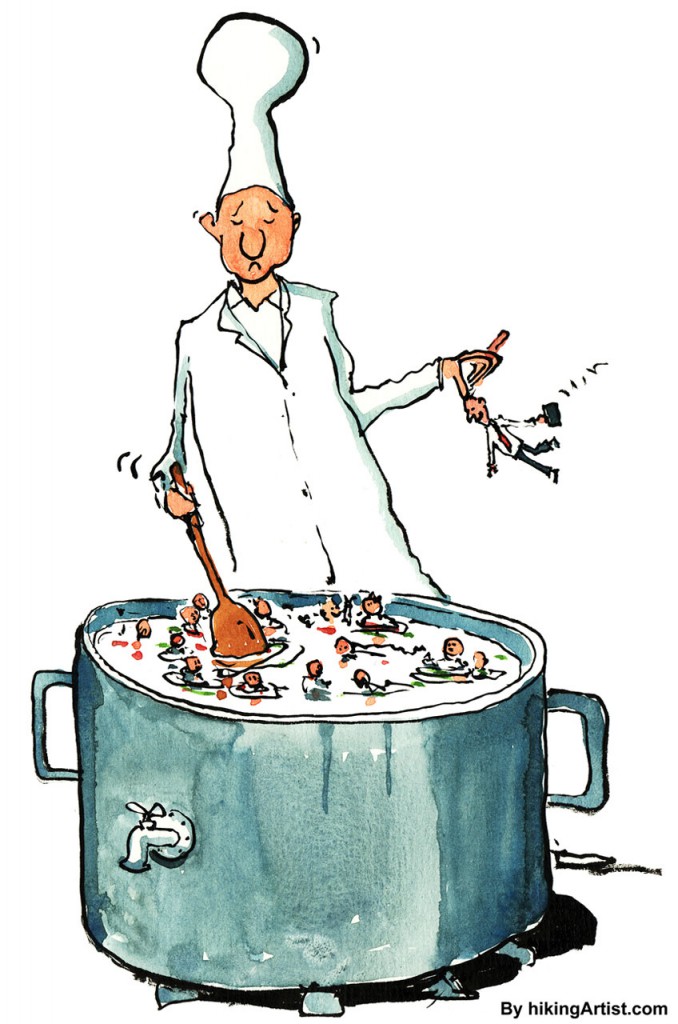
The ingredients and recipe for a good love scene I’d cook and eat are:
- slow (buildup) is sexy; anticipation heightens the excitement for protagonists and readers
- character and depth to your protagonists/story outweigh (lovemaking-) techniques and originality within the scene: let readers care for the couple!
- anticipation makes the readers’ and protagonists’ mouth water: create the desire to have them go a step further and into bed!
- have a goal for the scene: does it wrap up the lovers’ relationship and marks the beginning of their new future together? Or is it meant as a surprising move that’s hot but leads to more complications? This is a twist you can write for mid-story scenes within a longer novella/novel.
- which means: have a goal for the relationship in mind, what are the protagonists’ roles? In preparation, we need depth to the characterisations and some obstacles they overcame to finally be together. Those obstacles have to be within the person (inner turmoil) but even more so in the outer world, the circumstances have to make it hard for them to reach their goal of being together, which in turn adds excitement/anticipation and satisfaction later,
- which means: we mustn’t write a too-straightforward-hassle-free (i.e. boring) romance, but add some spice (twists) and surprises for the readers’ tongues, while at the same time staying realistic! I hate unrealistic turns that look forced or fantastic. (If my beta-readers pick that up, saying “it’s not very realistic that XY happens that way”, I’ll go rework the scene until it makes sense.)
So, let’s feaze this hawser a little more (don’t know why I’m going nautical here …):
You need a starter/appetiser: preliminary events, anticipation, background, history of the characters 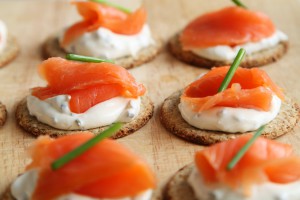
You need a main course: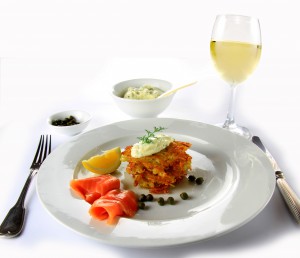 the actual love scene-dish, where all the ingredients and preparation blend into one tasty, hot, satisfying encounter!
the actual love scene-dish, where all the ingredients and preparation blend into one tasty, hot, satisfying encounter!
You need a dessert: (if there’s still room for it in your readers’ bellies) This would be the aftermath, outlook, the sweet pudding to your story-courses, which rounds off your menu perfectly. Is it going to be sweet? Is the couple ready to ride into the sunset together?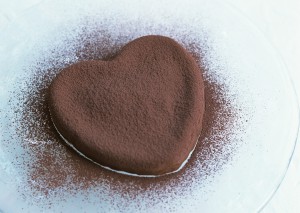 Or is it going to be a bitter-sweet experience: do their actions leave a bitter taste and unexpected punch to the palate that alters the whole flavour of the story-dish? Does it even make the protagonists feel sick and regret? Think about with which flavour you want your story-dish to end before you cook! 😉
Or is it going to be a bitter-sweet experience: do their actions leave a bitter taste and unexpected punch to the palate that alters the whole flavour of the story-dish? Does it even make the protagonists feel sick and regret? Think about with which flavour you want your story-dish to end before you cook! 😉
Start with the end – you have to know what the three courses will be!
This doesn’t mean write the ending first, but think of your goals before you start: What do you want to achieve with that scene, for the couple and for the whole story? What’s the taste experience you want the reader to have with your finished dish? Is there a purpose it serves for the entire story? Do you need them together for future purposes? Or have them get into trouble for what they did? Don’t add a sex scene just because you find the protagonists attractive together. There has to be a reason for the change in their relationship and you need to work with that change throughout the rest of the story.
In a novel, a love scene can move the plot forward, because it changes two people and their relationship. Intimacy shifts perspectives and affects the story on all levels. Decide if the protagonists will stay together as a couple or if they will break up again (right after their hot encounter or later) and why? What does their intimacy do to the story?
Or maybe their coupling is the “making of a couple” and the final goal? A happily-ever-after or a ffs-we-shouldn’t-have kind of? I know the “genre romance” wants the former solution and ending for a story. As I’m not into genres and really don’t care for stereotypes, I’d always let the story and the couple decide what their love-making does to them and the story. We know enough stories that are great love-stories, but which do not end well. They work just the same, and maybe even better with readers’ emotions. And if that is a goal you want for your story (as for example the brilliant Jojo Moyes did with her Me Before You), go for it! Letting a couple make love doesn’t mean you have to give them an “ever-after” after all! It can add some nice twists and surprises, or deliver a much-needed stronghold within your story. For me, I often end my short stories right after their steamy encounter, and I explained why here. If the unison of the couple is the goal, I end the story at that high. It is the wrap-up, the fulfilment and therefore marks the end of the efforts to unite them. So in short stories I stop after the (story) climax and end on that high!
When author-you has decided what to do with your couple later in the story and why, we can move to the actual choreographing:
Which ingredients are available to make that hot broth?
Look at what you’ve assembled on the worktop of your story-kitchen. Which ingredients are there, and which of those can you use for making your hot love scene-broth? What can you play with and what is not necessary for the recipe? How much of what do you need to get the seasoning right? 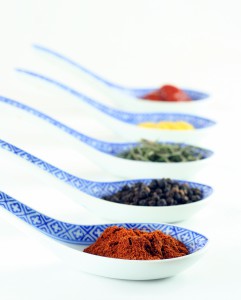
You have laid the foundations for your hot meal earlier on (i.e. washed, peeled, chopped and sliced the ingredients for later use), you have revealed the protagonists’ characters and their wants, fears, needs, desires. You showed their roots, how they grew into what they are now. Their background and history. Ask yourself: are your ingredients real, organic, and had the chance to grow naturally? You picked them for a reason, and then prepared them for the cooking. Don’t chop off too much in your prepping, though — let their basic tastes shine through in your dish. Give the readers’ palates something to dance with. This is called depth, richness.
Oyster or potato?
So if you hold that raw ingredient in your hand, decide what preparation it needs for your story broth. What would make its taste come out best? What compliments it? What side-dish, which other ingredients and sauce would compliment its taste? Are you holding something rare and delicate 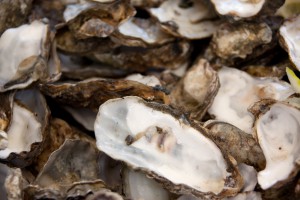 or something robust and earthy ? What would fit your characters? Which
or something robust and earthy ? What would fit your characters? Which 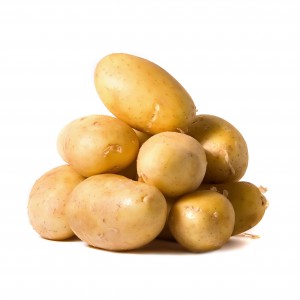 preparation (actions, reactions, dialogue etc.) make sense with the specific character you’re holding in your oven glove? Is your character an oyster or a potato? This is no judgement! Both can taste just wonderful, and both would need something to go along with it to make it a proper dish. And the most exciting encounters on a plate can be those that combine unusual ingredients: the most exciting love-stories can be those that feature unlikely lovers.
preparation (actions, reactions, dialogue etc.) make sense with the specific character you’re holding in your oven glove? Is your character an oyster or a potato? This is no judgement! Both can taste just wonderful, and both would need something to go along with it to make it a proper dish. And the most exciting encounters on a plate can be those that combine unusual ingredients: the most exciting love-stories can be those that feature unlikely lovers.
Once you have your main ingredients and decided how to cook them, what else does the hot broth need in order to come together perfectly? You need the usual seasoning, spices, sauces and cooking techniques … So look what else you can work with for your love scene: What is the setting? The scenery? Their moods and desires at that moment? Are they hot and ready to make love yet or do they need refined seduction before it all tastes right? What is the whole atmosphere and do you need to change it? Turn the heat up quickly and fry them or let them slowly sizzle? When do you need to turn the heat up or down?
To accomplish this, you need a good amount of experience with the choreography of sex scenes in general (real or writerly ;-)) and/or a good recipe that usually works. You can use an old recipe and refine it. Or you can invent something completely new and original … though I’d be careful with that option. I’d always say you need a good idea of what your end-product on the plate should look and taste like.
Then go to work: put the ingredients together. Let them cook and unite them in a hot and spicy encounter 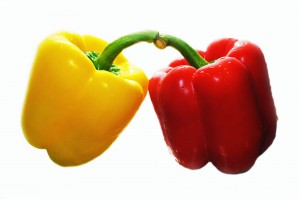 on the plate to indulge in. Always make sure to take a little spoon and taste what you’re creating. Are the flavours coming together? I go back and forth in my stories and to the crucial points, to see whether I achieved what I planned and whether the seasoning is right. Do I need to add some salt? Some pepper? Did I overcook it somewhere?
on the plate to indulge in. Always make sure to take a little spoon and taste what you’re creating. Are the flavours coming together? I go back and forth in my stories and to the crucial points, to see whether I achieved what I planned and whether the seasoning is right. Do I need to add some salt? Some pepper? Did I overcook it somewhere?
The perfect recipe
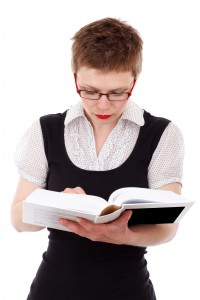 It is easier if you have a recipe at hand to check your progress. It can be an old recipe you want to try for yourself, or you can change something that’s been done before, or you can invent something new and make your own recipe up for the ingredients you have. Whatever you do, HAVE a recipe before you start!
It is easier if you have a recipe at hand to check your progress. It can be an old recipe you want to try for yourself, or you can change something that’s been done before, or you can invent something new and make your own recipe up for the ingredients you have. Whatever you do, HAVE a recipe before you start!
This means, take some (mental or written) notes on what you want to achieve, how you want the characters to act, what the mood and atmosphere is like, what other ingredients you need to complete your dish, and where you have to be careful not to ruin it all. You can be a plotter and just exercise the recipe step-by-step. Or you can be a pantser (that would be me) and have all the ingredients and spices at hand, but I cook them rather instinctively. I let them develop and unfold their own role in my dish. I give them some free rein and just write down what the scene looks like in my head, I see the protagonists movements and words and just put those down, following their lead, and sometimes they surprise me and I go along with what fits them at that moment — but I constantly dip my spoon 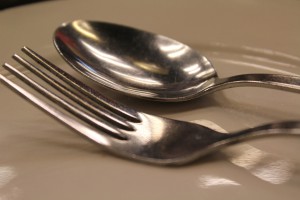 into the story to see if the flavours still work. Taste, taste, taste, is what every good chef does!
into the story to see if the flavours still work. Taste, taste, taste, is what every good chef does!
Then once the meal is ready and plated up, step away and take a fresh look at your presentation. Does it look appetising? Would readers/eaters want to get their forks into it at once? Or does something look too bland and uninspired, or does it even look gross? Then change it and create the menu you had in mind before you serve it to your readers.
And don’t get me wrong: for me, the dessert is always the most important bit on a menu! It’s what the three courses build up to. It’s the aftermath, the result, the climax of the whole meal, and the taste which lingers while you clear away the plates. For me, that’s preferably chocolate! In the story-sense, this means that I want my protagonists to be rewarded for baring their hearts and souls to each other and the readers. A love scene has a purpose. And a sweet, or at least bitter-sweet choclatey ending to a meal is what I think most diners love. You wouldn’t want a mediocre reaction to your hot scene, would you? I’d always want my readers to to go: 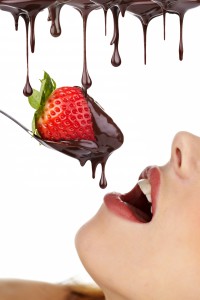 for my hot stories!
for my hot stories!
The scene should look great as it’s presented on the plate, taste amazing and stay with the readers for a while … And they’ll hopefully become happy customers in your story-restaurant!
Bon Appetit and Enjoy your meal!
I hope this managed to water your mouths, because from the next post on I will add more flesh to the bones of these spare ribs and hand my tasting spoon (and a knife) over to you! Keep your taste buds peeled for more How to write sex with style — the choreography — soon!
If you’d love to indulge in one of my own upcoming creations, just sign up for my Book Alert-Only (!) newsletter here!
I’m happy about all comments and suggestions below or in an email! Keep writing, folks!

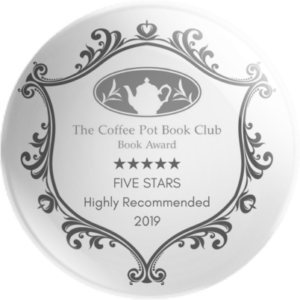
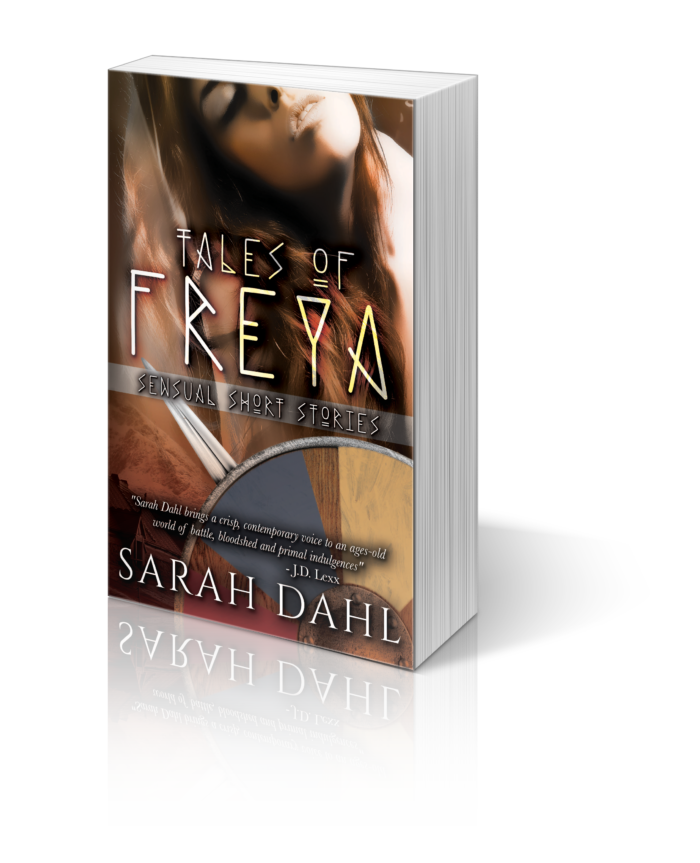
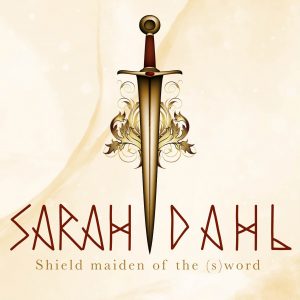
Comments (0)